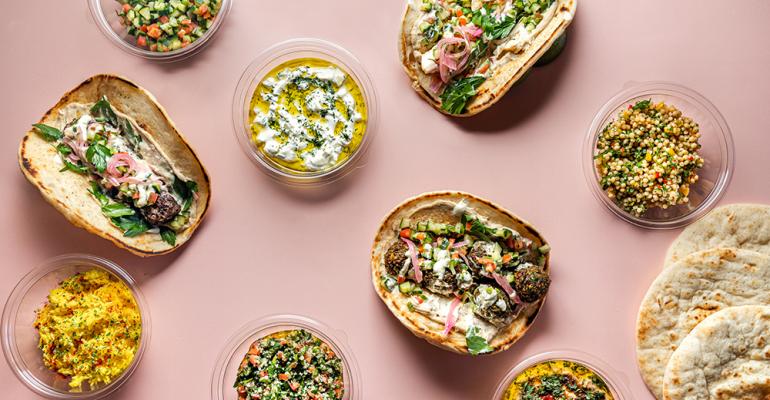With restaurant dining rooms still closed or operating under limited capacity, restaurant operators are looking for new ways to generate revenue.
A growing number of operators are creating new virtual restaurant brands, available for delivery only.
For some, it’s a way to utilize their restaurant kitchens and hire back workers, even though dining rooms are hampered by COVID-19 restrictions. Others are turning to ghost kitchen facilities to execute on new virtual brands that they hope will build their off-premise sales.
It was a trend even before the pandemic. With no physical location, virtual brands are easy to launch and require little to no additional labor, equipment or capital investment.
But the pandemic has accelerated the trend, training guests to order food online for delivery, creating what many see as a new opportunity to build on virtual offerings.
Chains like Chili’s and Chuck E. Cheese are using existing kitchens to create new delivery-only virtual brands that include special menu items not available to diners at the restaurants.
Smaller independents are also jumping on this trend, creating virtual brands that exist primarily on third-party marketplaces.
In 2020, hospitality company SBE launched C3, a ghost kitchen company with a goal of opening over 250 kitchen outlets by 2022 hosting a portfolio of new virtual brands. C3 calls its business “phone to table.” Among the brands are Sam’s Crispy Chicken, Krispy Rice and Plant Nation.
The wave of interest in virtual brands has also created a franchising niche, with companies like Virtual Dining Concepts and The Local Culinary offering new concepts to expand.
Virtual Hen, for example, announced franchising earlier this year.
With this new monthly feature, we aim to put the spotlight on this growing category of new restaurant brands that are available for delivery-only and have no brick-and-mortar presence — at least not yet.
Take a look.
Contact Holly at [email protected]




